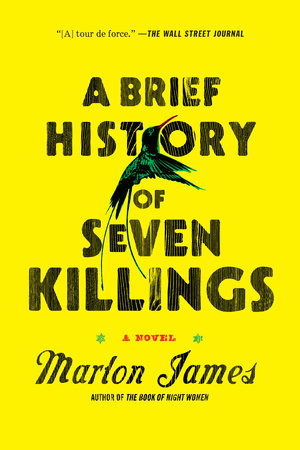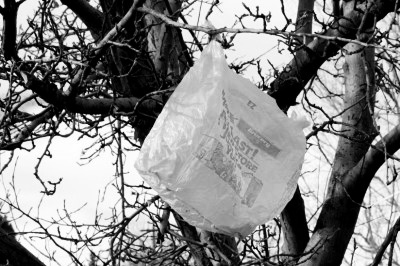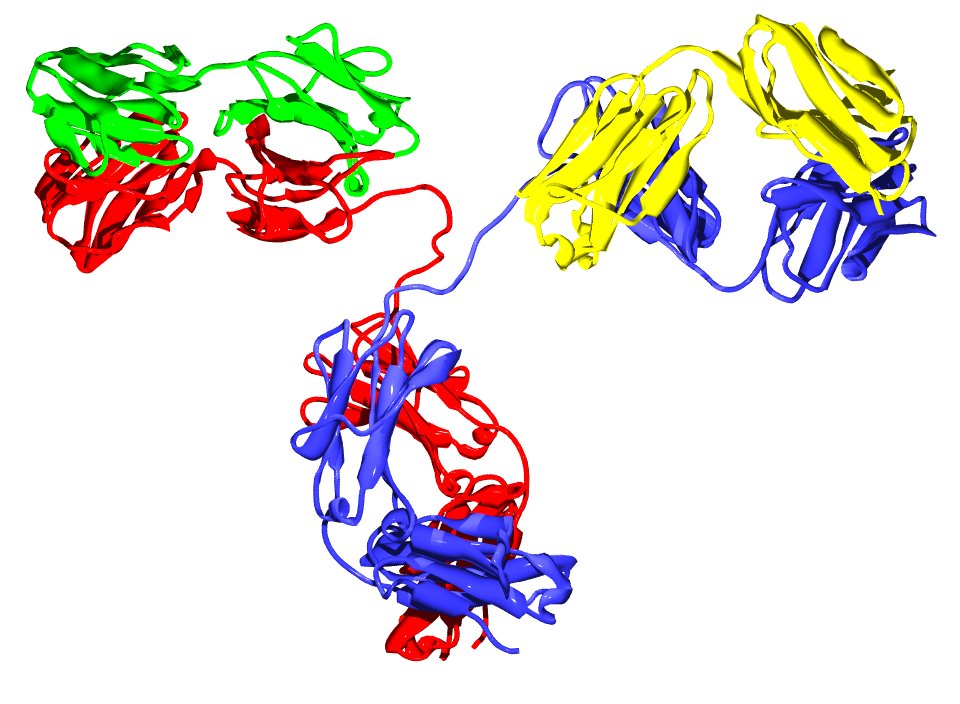This drifting 'daftness' resonates with what Lauren Berlant calls "a sense genre of animated suspension" or "the emerging event," a situation or an episode that intimates a change to come. If, for Roland Barthes, the punctum of a photograph manifests as a detail - an evocative shoe buckle or a crossing of arms — or an "intensity," we can see "daft punkdom" not just as a mode of being but also as a textural situation. It signifies a suspended moment—adrift, daft—that stupefies boundaries between past and present, private and public, animate and inanimate.The textural aesthetics, affect, and ethics of "daft punkdom" become most explicit in Tommy's adult animal pictures, which open up, or unzip the body to a mechanized substrate:
The obsessive mechanistic precision yet calls out something sweet and vulnerable. Tommy's animal portraits embody Catherine Malabou's idea that subjects have plasticity, meaning "at once, both openness to all kinds of influences, and resistance":
plasticity has two basic senses: it means at once the capacity to receive form (clay is "plastic," for example) and the capacity to give form (as in the plastic arts or in plastic surgery)....But it must be remarked that plasticity is also the capacity to annihilate the very form it is able to receive or create…We thus note plasticity is situated between two extremes: on the one side the sensible image of taking form (sculpture or plastic objects), and on the other side that of the annihilation of all form (explosion).
Louis Menand notes that "the passage almost certainly derives from Henri Bergson's famous definition of comedy: the mechanical encrusted on the living. The creatures Tommy draws are imagined versions of himself. They are funny and pathetic at the same time." But for Tommy, the animal portrait is not just a self-portrait. Refusing a secure identification with the world around him, he moves from appropriative realism to an abstraction conscious of alterity. He explains that he worries, "even as he created them, how they'd protect themselves or be able to reach and fetch things" (188). This affective exchange takes on a decidedly textural bent in his art: "These two I did thinking they were made of metal," he said. "See, everything's got shiny surfaces. But this one here, I thought I'd try making him rubbery. You see? Almost blobby." An openness to both receiving and giving form offers a model of intersubjectivity that does not require holistic integrity or imporous boundaries.
Interporous co-presence and relationships don't depend on a ticking heartbeat. Like the animal figures of the novel, the inanimate puncta of Never Let Me Go—Tommy's pictures here; or elsewhere, a pillow, a cassette tape with the song that lends the novel its title—foster queer, textural attachments. Berlant writes that "all attachment is optimistic, if we describe optimism as, the force that moves you out of yourself and into the world in order to bring closer the satisfying something that you cannot generate on your own but sense in the wake of a person, a way of life, an object, project, concept, or scene." Is that satisfying something always belated? Always sensed in a trail, when the thing is headed away? In Never Let Me Go's final scene, Kathy walks along another field, where she finds a manmade web catching her past:
Kathy dreams of a final unity with her past and the objects of desire, one that she knows might never arrive; she senses Tommy, even in the knowledge that she has reached a fence she cannot breach. As readers, we too are mediated, checked by a textual weave, a web of language that snares understanding. Reading Ishiguro's novel becomes a "creative misrecognition," an interpellative gesture, a crapshoot and a swan song that leaves a wound that smarts.
On David Getman
by Namwali Serpell
David Getman died in a traffic accident on August 25, 2014. A month earlier David, an undergraduate student at UC Berkeley, had submitted his senior thesis, a beautiful work that drew together his ideas about Kazuo Ishiguro's Never Let Me Go, a Jorie Graham Poem, "The Geese," and the art installations of Félix González-Torres. This piece comprises some of the stunningly original ideas about Never Let Me Go David sent to me in the drafts and final version of his thesis; I have rearranged his luminous prose and occasionally modified it. Given the depth and accord of our intellectual relationship over the last year of his life, I think David would have approved my changes and the task of sending into the world this necessarily incomplete project.
Of the comments that he received from his thesis readers, David wrote "they thrillingly perform its ethos of collective (mis)recognition as art in and of itself," concluding that "for me the key to making art is realizing that 'a finished thing' can only be sensed collectively, and so how are we to know when our work is done?" My effort to publish David's work is a testament to my faith in his brilliance. It is also an act of mourning, my last offer to him as his teacher. To apply his words to his own work of art: "In Never Let Me Go, the teachers of Hailsham are called 'guardians.' The euphemism is a productive misrecognition of acculturation as guardianship. The etymology of 'guarding' is in 'caring' and the roots of 'care' are in grief and sorrow. So we can appreciate 'culture' as a process of caring and a grieving. The aura of this art object is heavenly. Here we can grieve safely, knowing that our deficiencies will be restored."




Comments